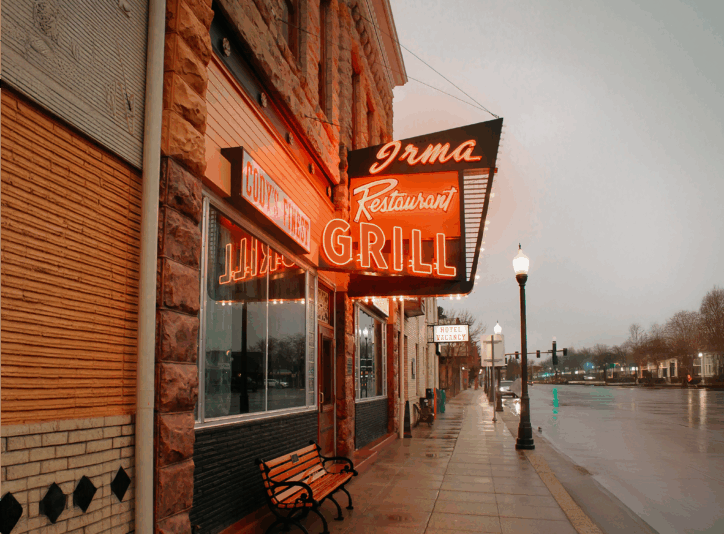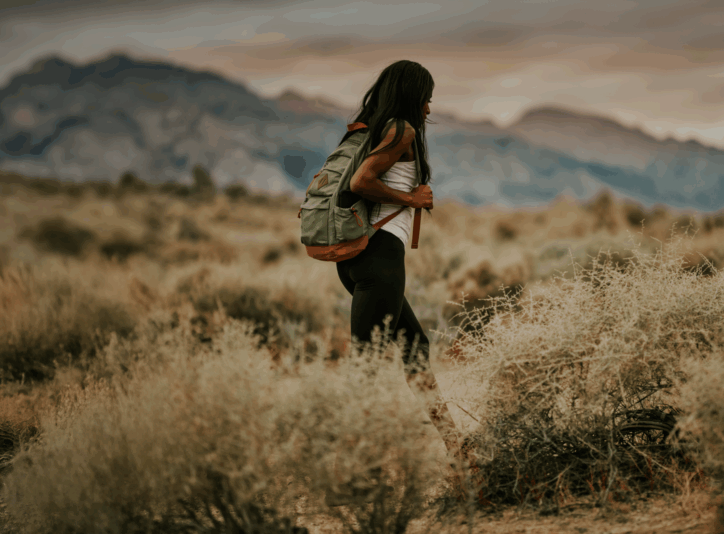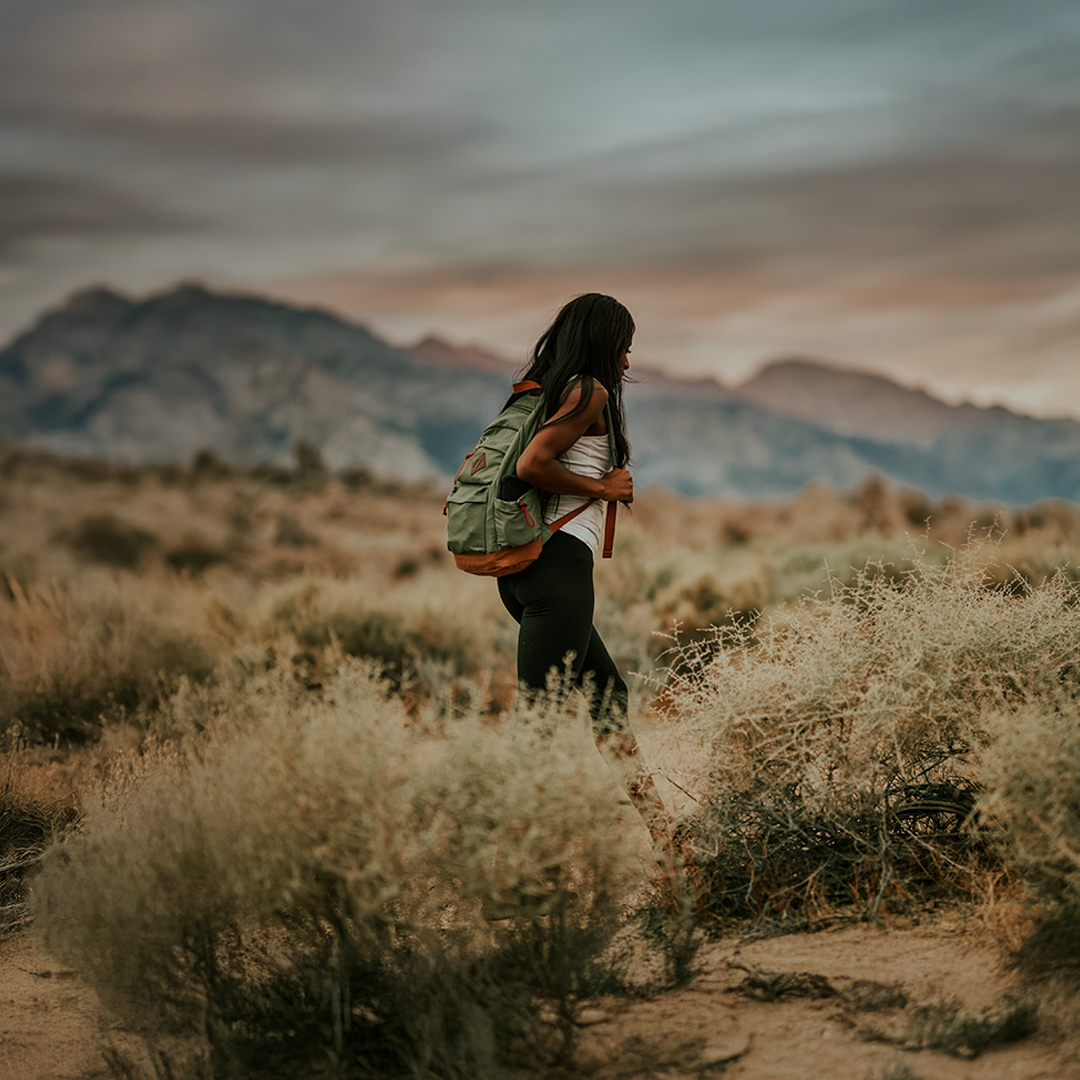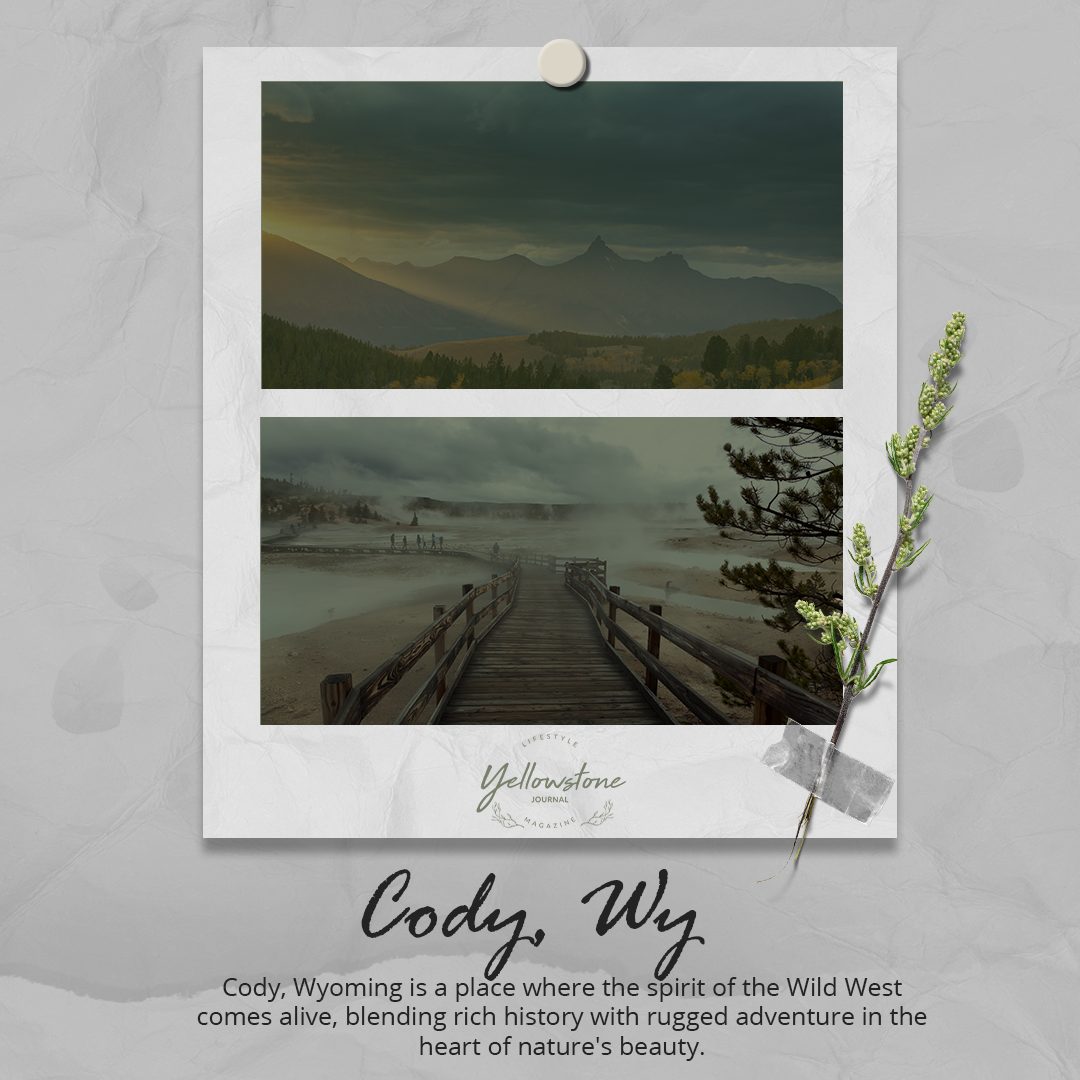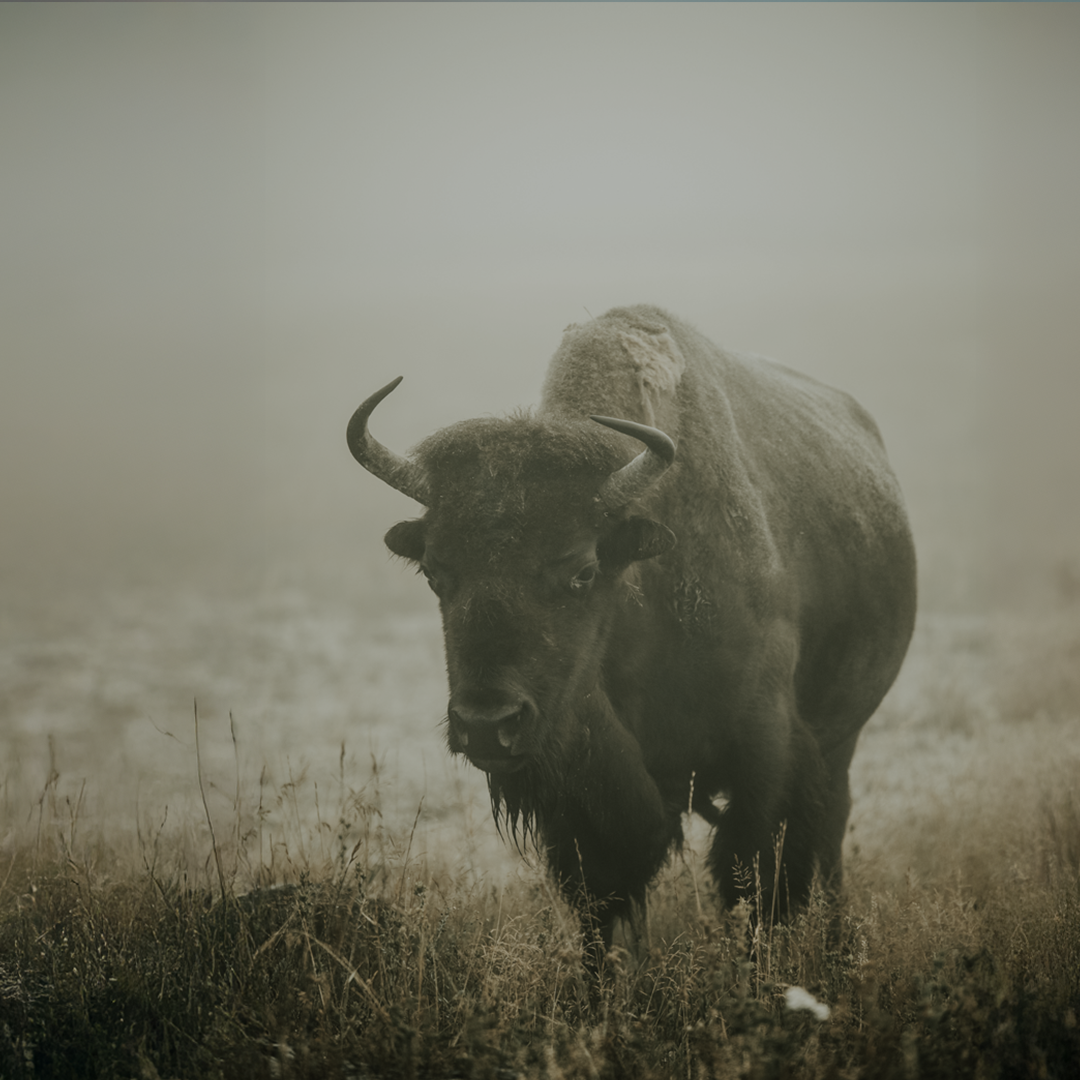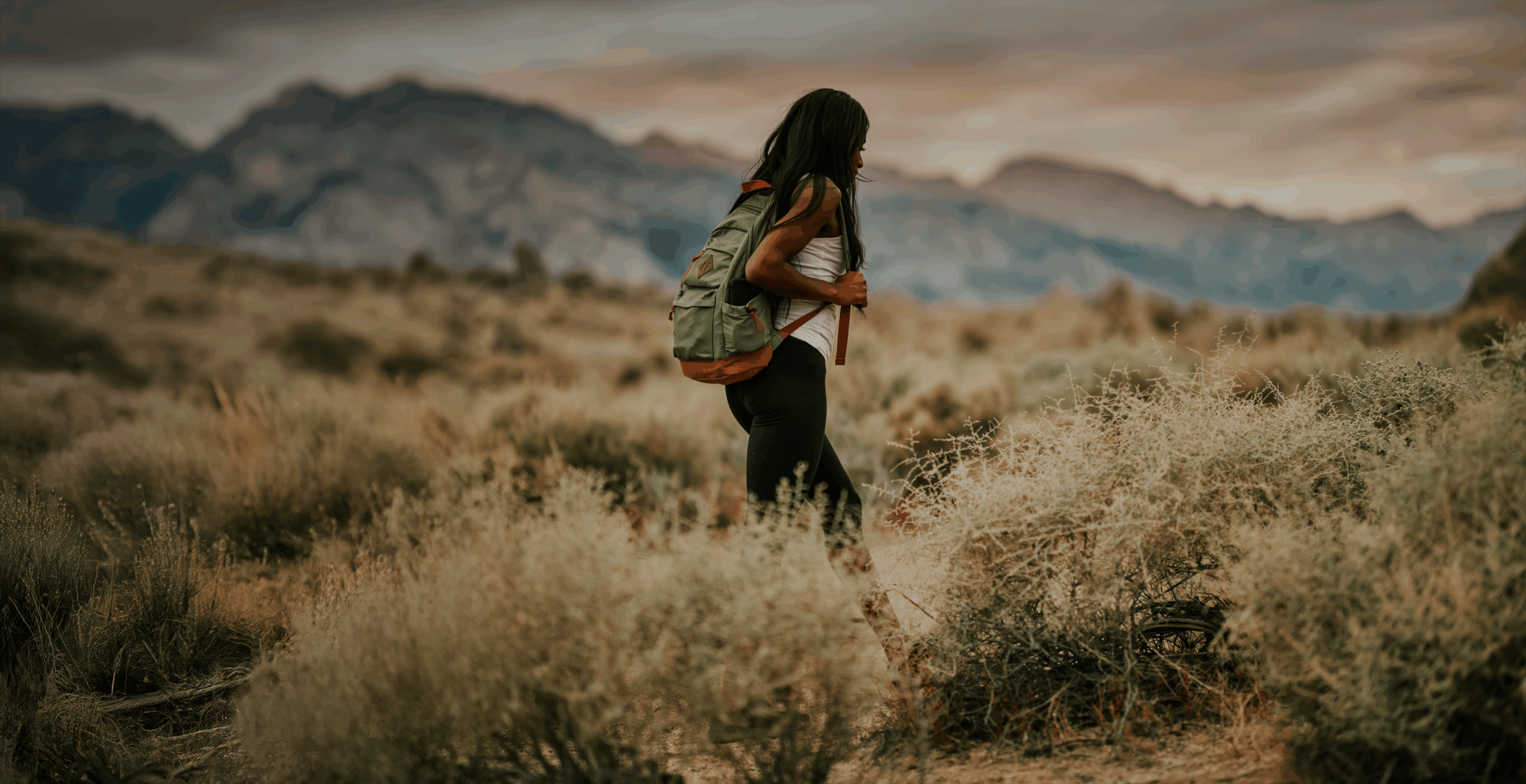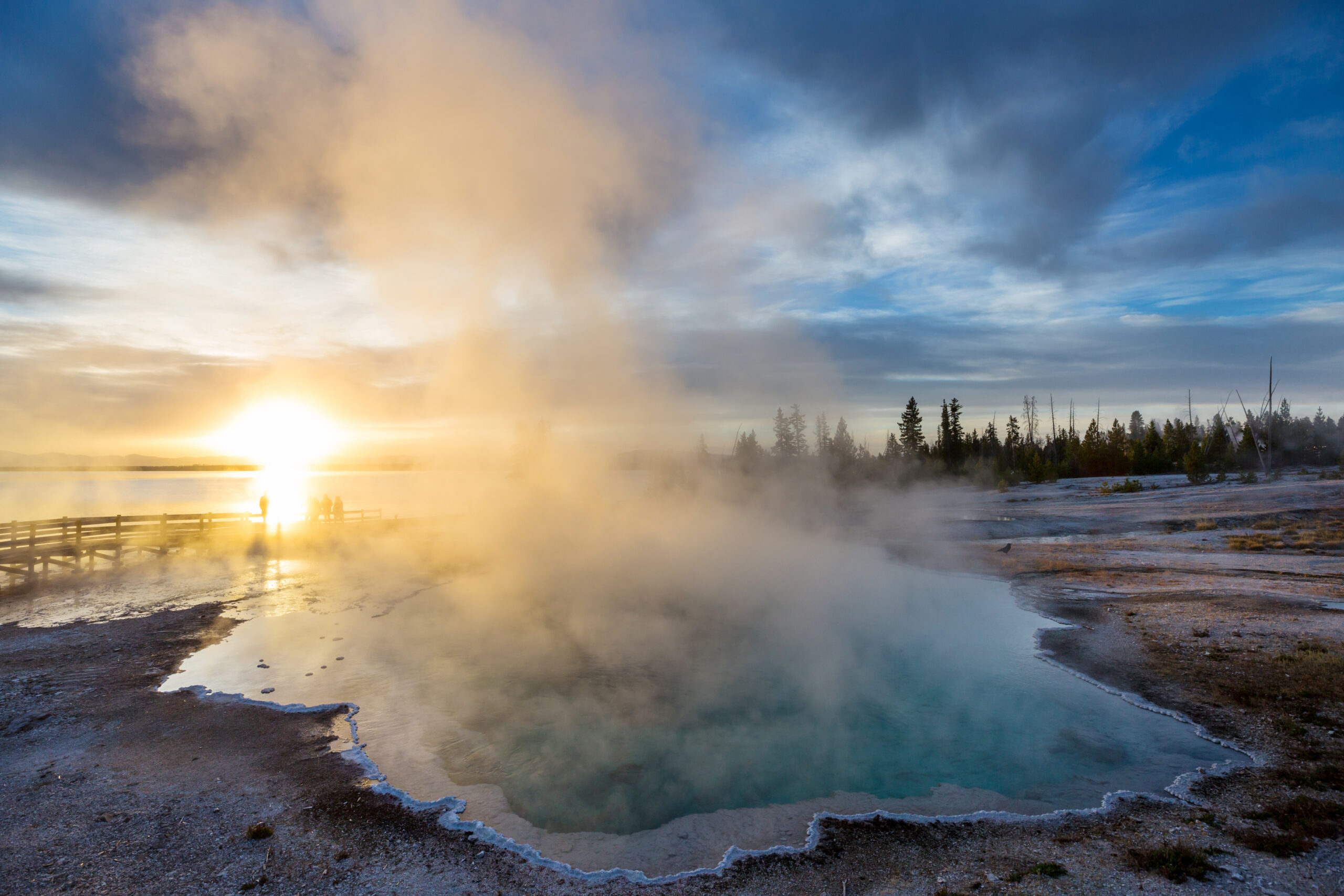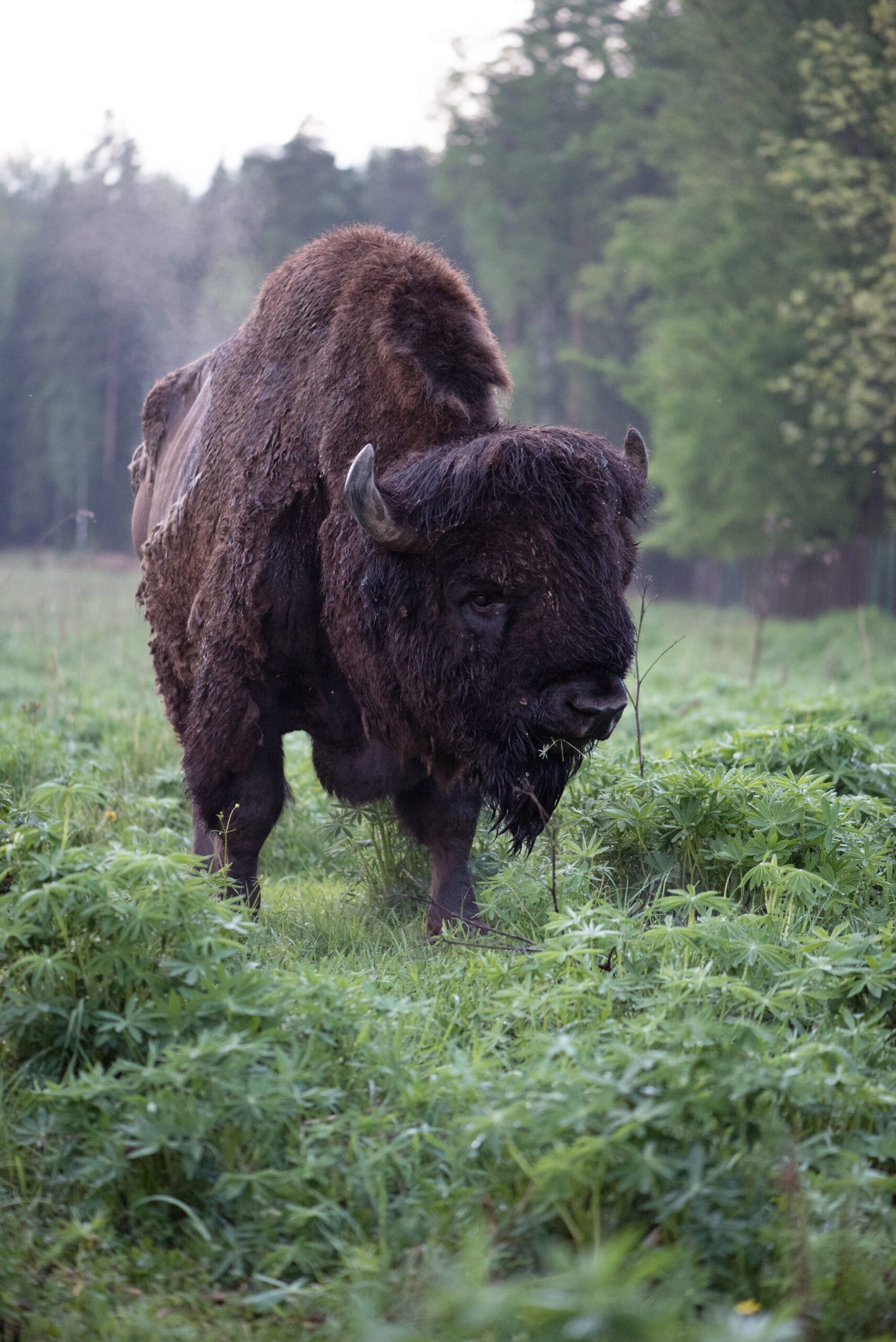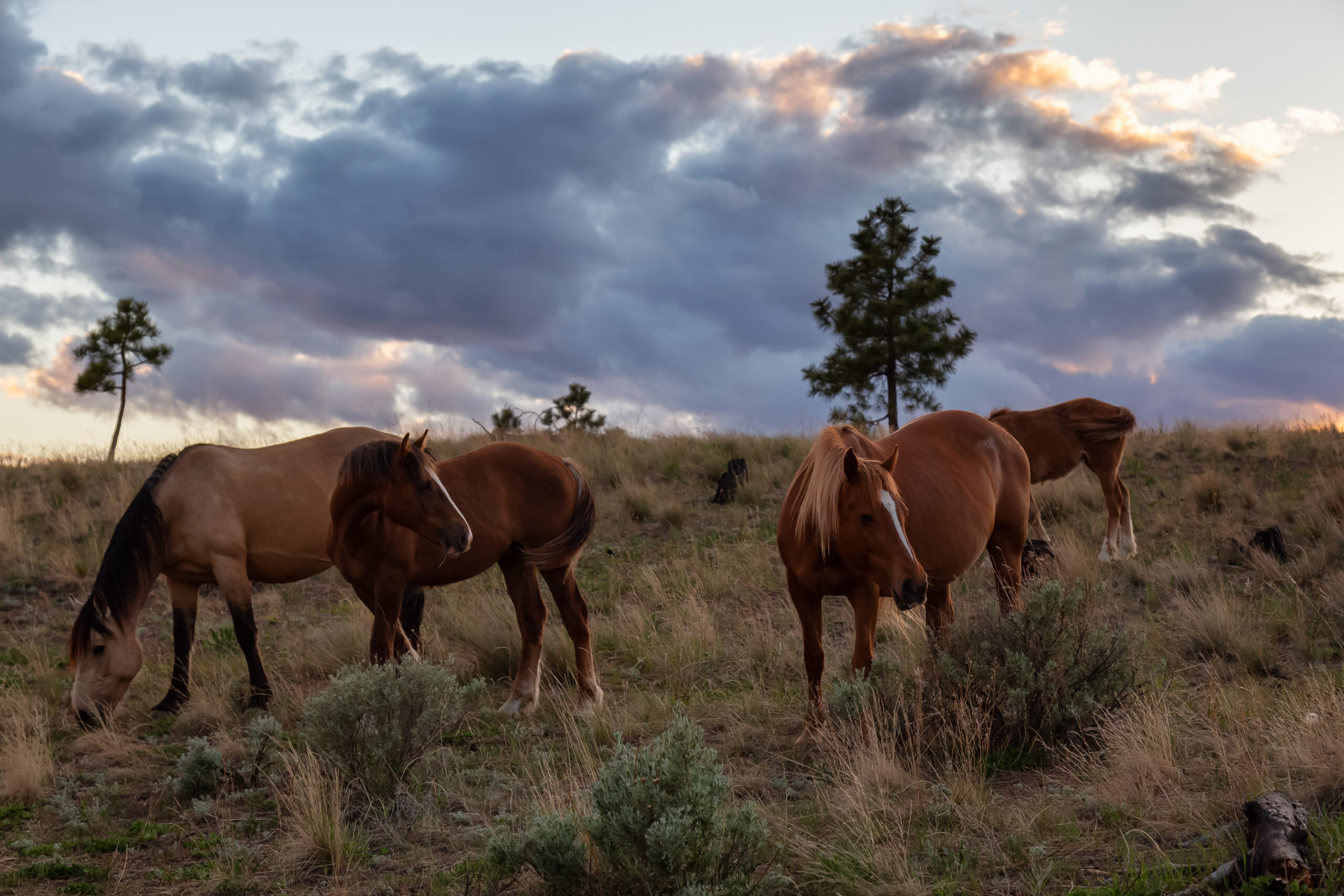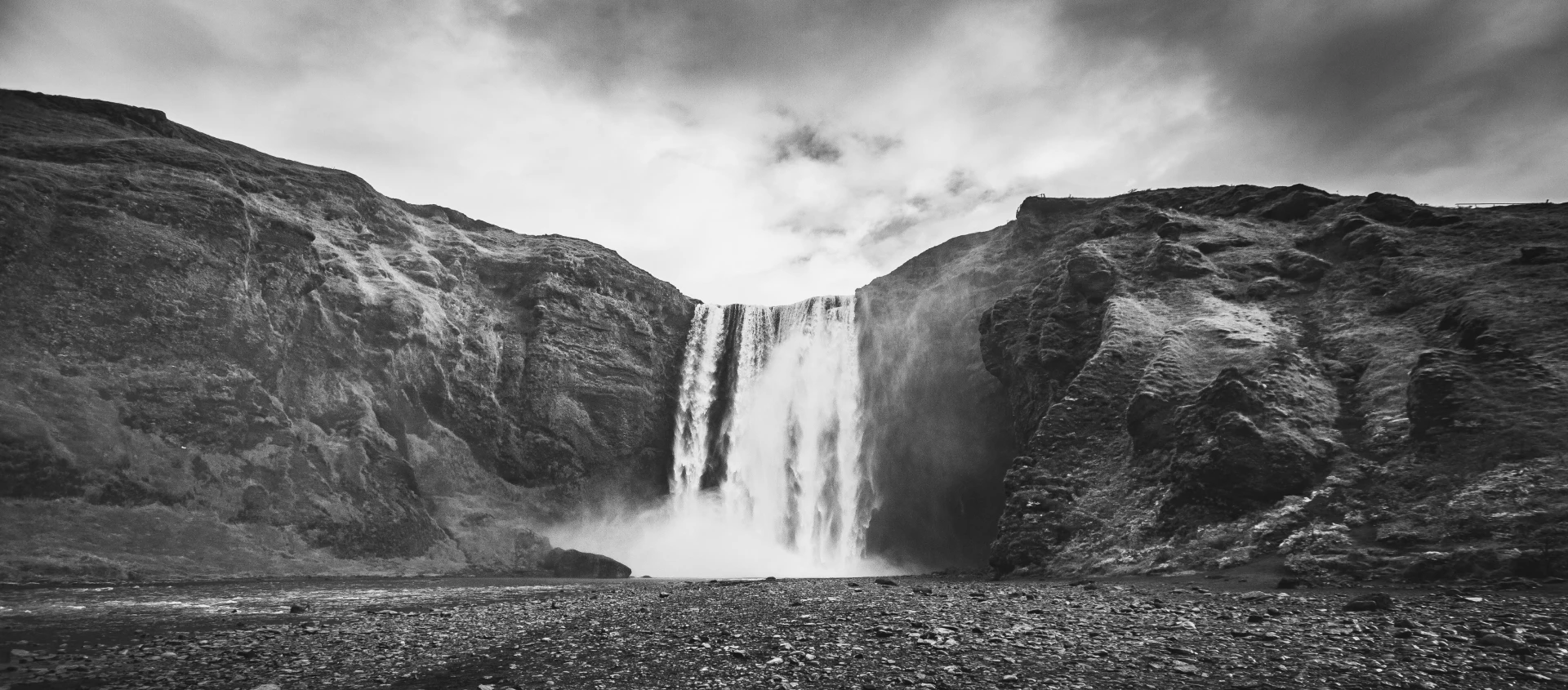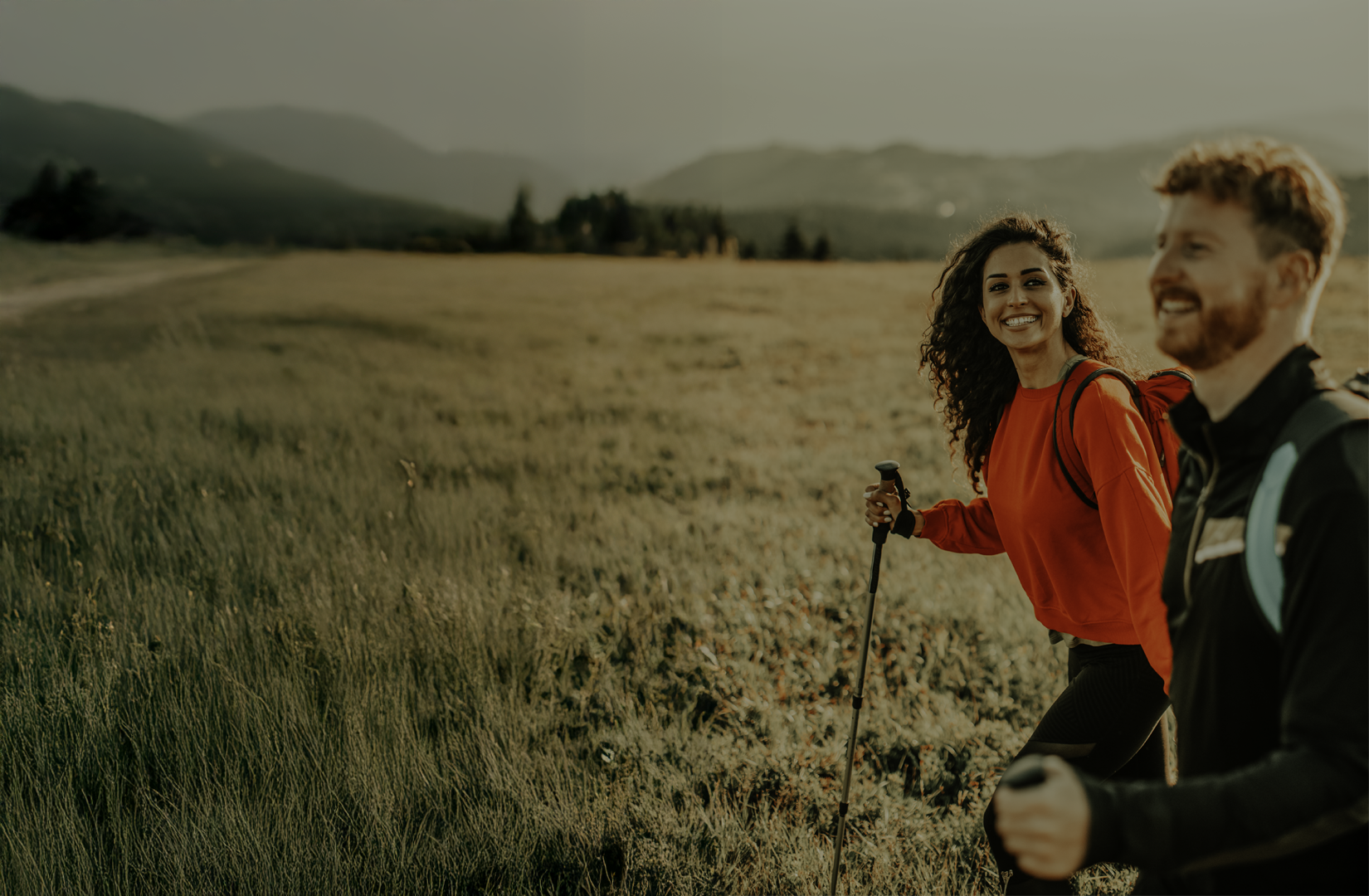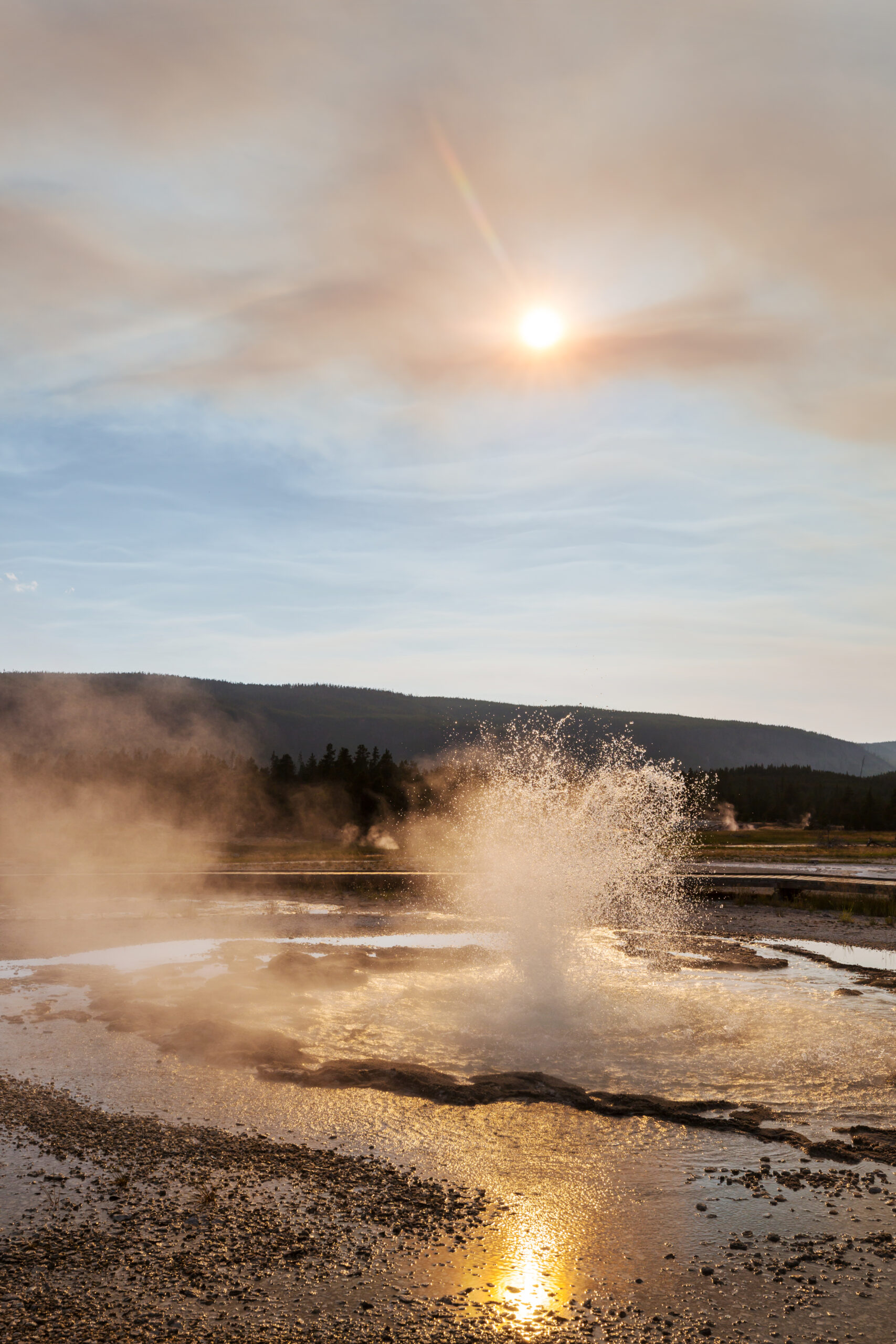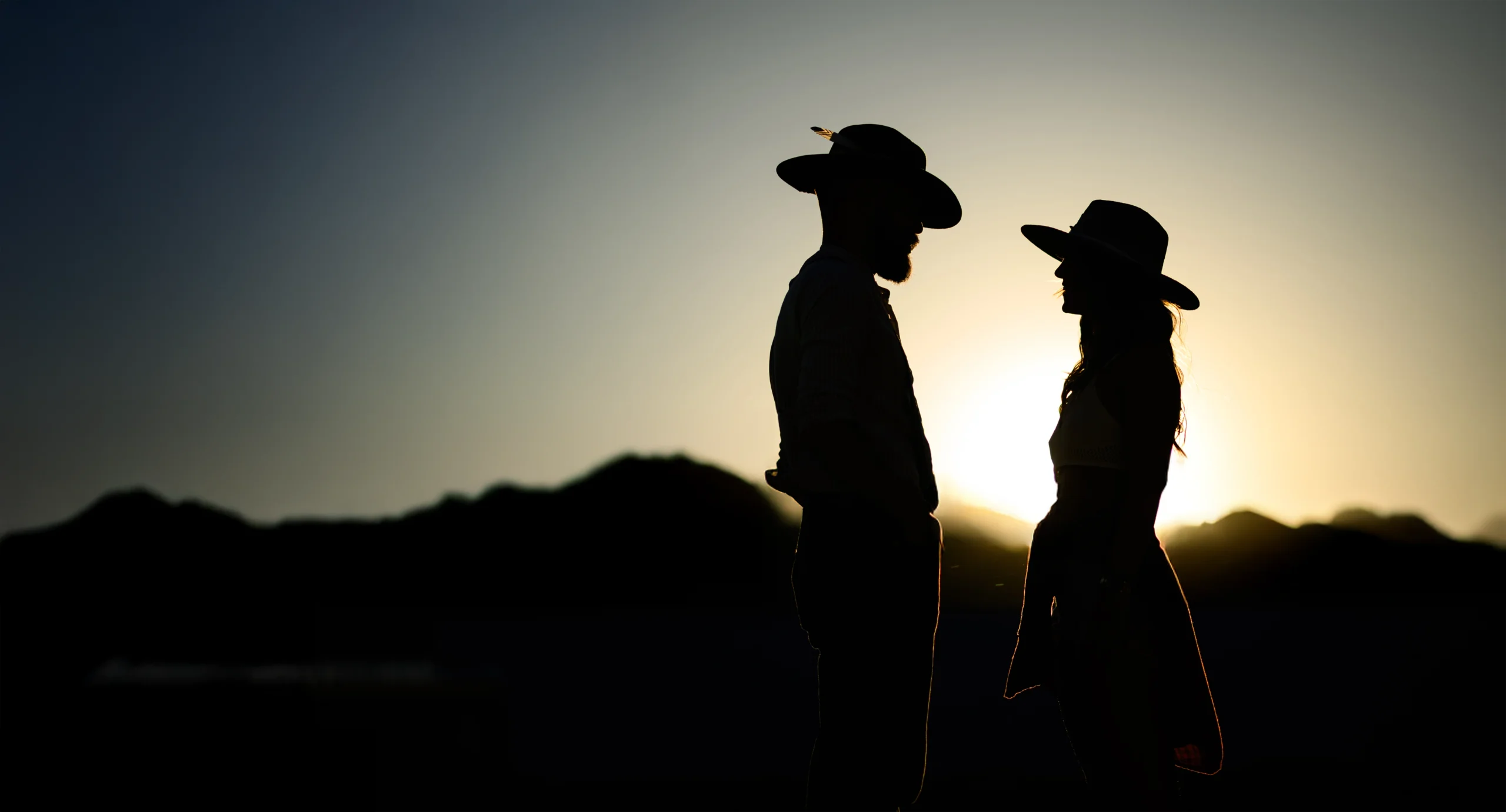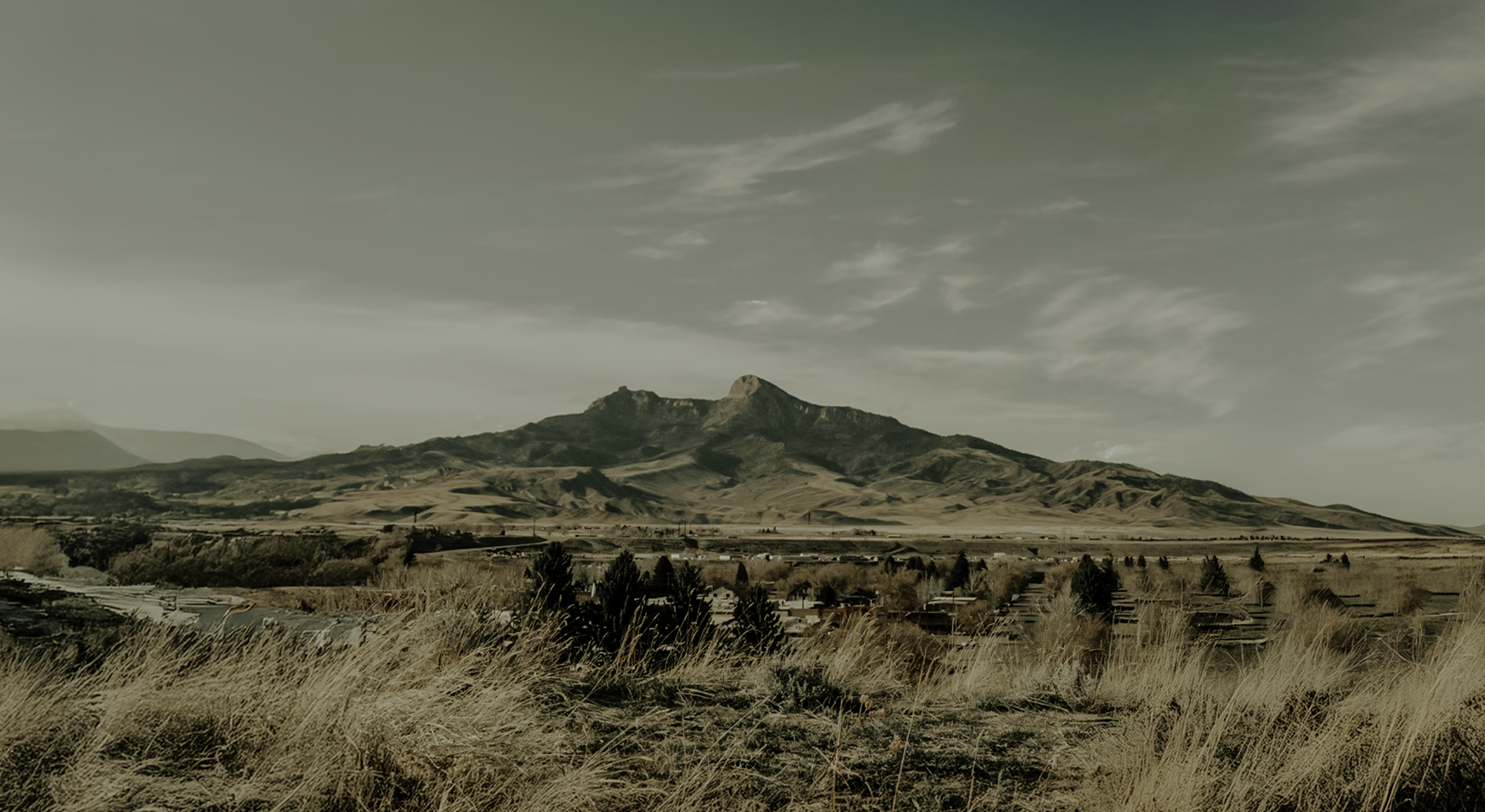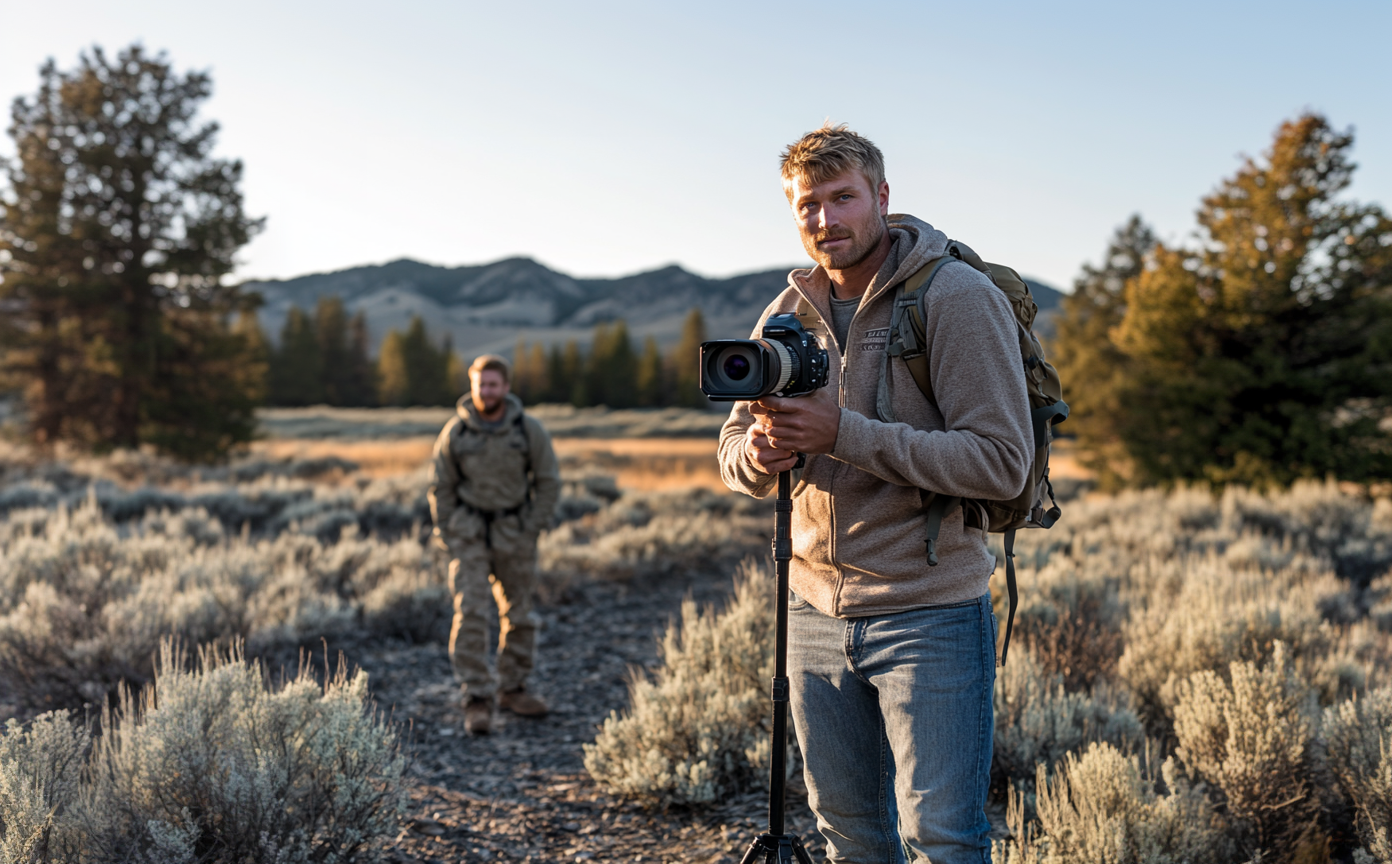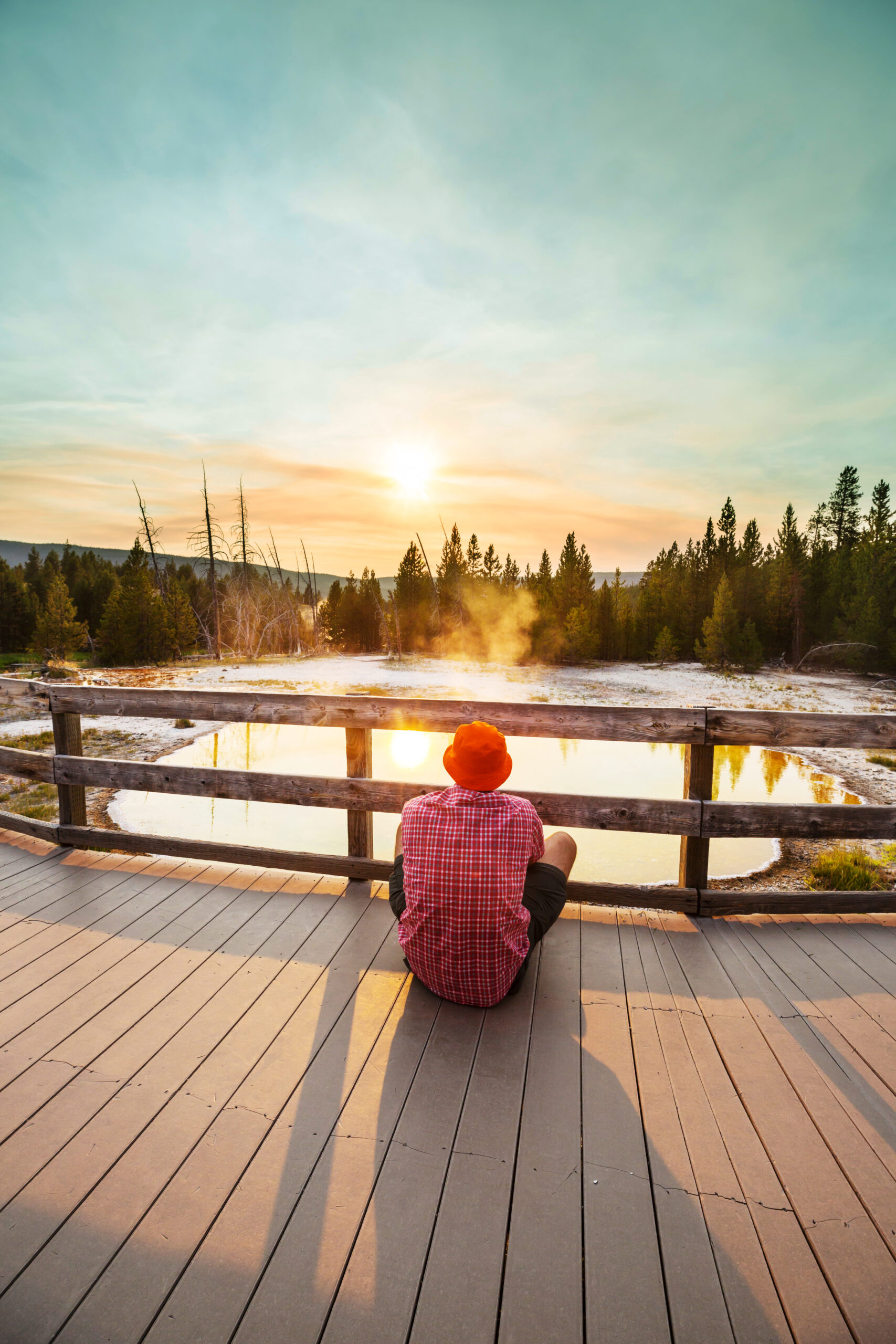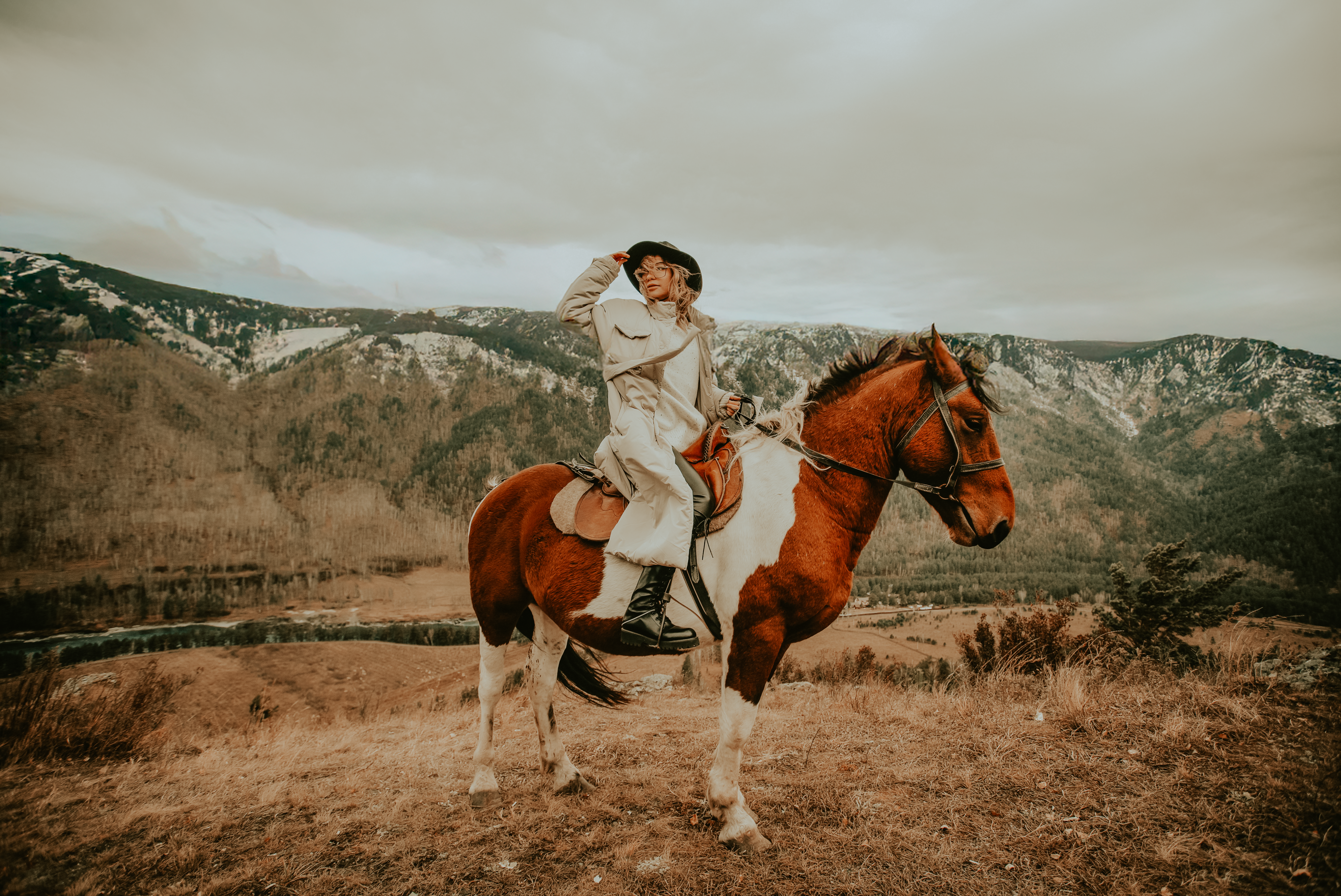The Majestic Bison of Yellowstone: A Symbol of the Wild West
Yellowstone National Park, with its breathtaking landscapes and rich wildlife, is home to one of the most iconic creatures in North America: the American Bison. These magnificent animals, often referred to as buffalo, are a symbol of the untamed spirit of the West. If you’re traveling through Cody or into the park, you’ll likely spot these majestic creatures grazing across the plains and roaming freely through Yellowstone’s wild terrain.
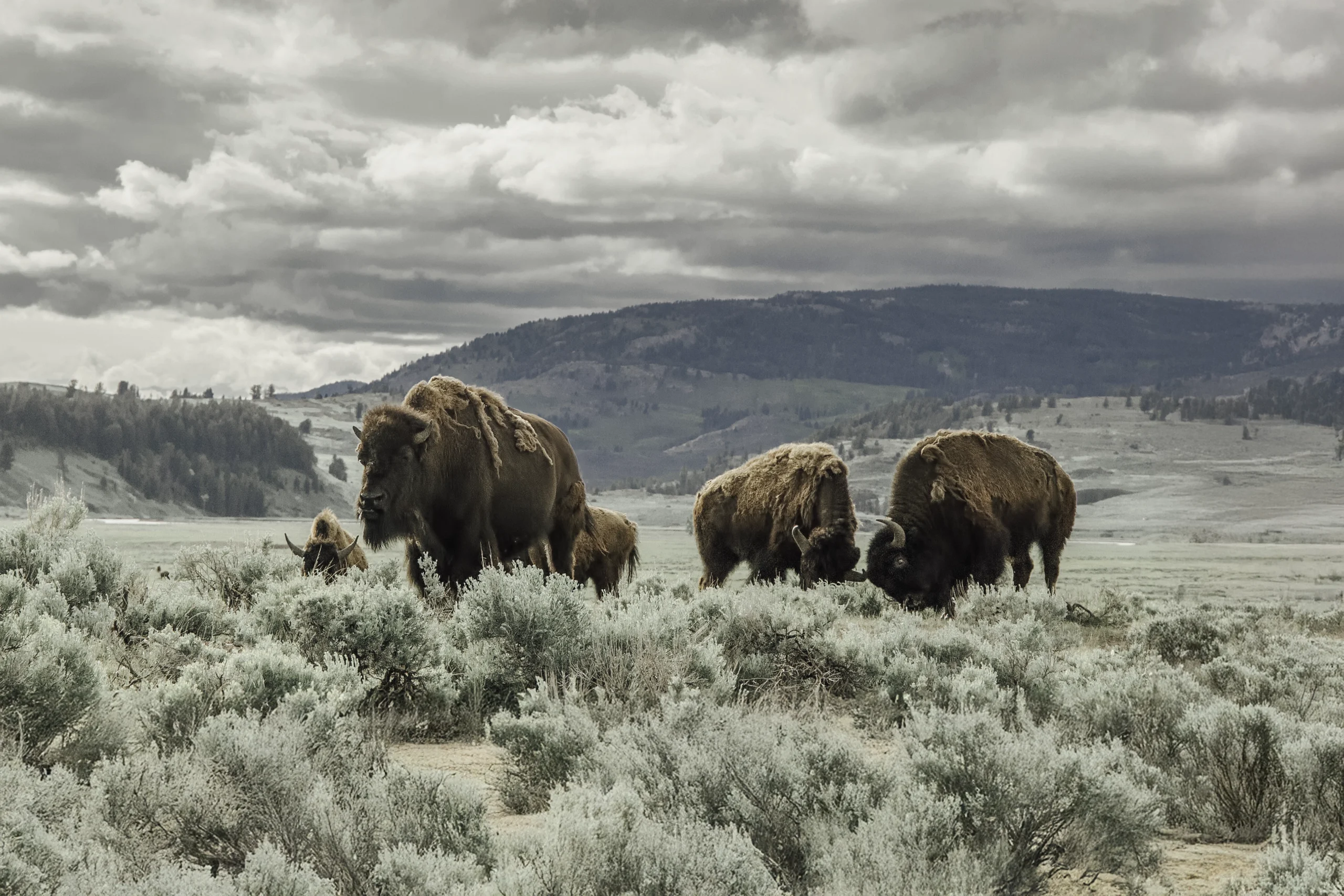
The Mighty Buffalo Of Yellowstone
The Journey to Yellowstone: Spotting Buffalo on the North Fork
As you travel up the North Fork toward Yellowstone, keep your eyes peeled for signs of life on the road. Just 30 miles into your journey, you might start seeing bison casually roaming the landscape. Their large, imposing figures stand out against the expansive open fields. Whether you’re driving or hiking, these iconic animals are often found grazing along the riverbanks, making their presence known as you make your way through the Shoshone National Forest.
While you might spot a few bison here and there, the real show begins once you cross into Yellowstone National Park. From the Lamar Valley to Hayden Valley, bison are a common sight. They wander the vast parklands, reminding us of a time when the wild West truly was wild. For wildlife enthusiasts, the sight of these animals in their natural habitat is an experience that connects you to the essence of this great land.
A Storied History: The Bison’s Role in Yellowstone and Beyond
The American bison has played a significant role in the history of the Yellowstone region and beyond. For centuries, these massive creatures roamed the plains, their presence shaping the ecosystem. The bison’s historical importance to the Native American tribes of the Great Plains is immeasurable. They provided essential resources—food, clothing, and tools. For many tribes, the bison was considered sacred, a symbol of life and sustenance.
In the late 1800s, bison were driven to near extinction due to overhunting and habitat loss. At one point, fewer than 1,000 bison remained in the wild, with most of them confined to the Yellowstone area. Today, thanks to conservation efforts, Yellowstone has one of the largest wild populations of bison in the United States. The park now holds about 4,000 bison, and their steady recovery is a true testament to the power of conservation.

Fun Facts: Fascinating Buffalo Facts You Didn’t Know
Bison are not only impressive in size but also in behavior. Here are a few fun facts about these magnificent creatures that might surprise you:
Bison are faster than you think! Despite their size, they can run up to 35 miles per hour. That’s faster than a lot of people can sprint!
A bison’s hump: Their iconic hump is actually a mass of muscle that helps them push through snow in the winter. It also gives them their powerful, distinct appearance.
Buffalo wool: Bison fur is incredibly dense, especially in the winter. They shed this thick winter coat in the spring, and it’s often found in tufts along the trails in Yellowstone.
Bison wallows: Bison create “wallow holes” in the ground where they roll to scratch themselves and cool off. These unique depressions are sometimes even used by other animals, like elk, for the same purpose.
Bison communication: Bison communicate through grunts, snorts, and even low-frequency rumblings. These sounds can be heard from miles away, especially during mating season.
The Buffalo’s Role in Yellowstone’s Ecosystem
Bison are not just important for their historical and cultural significance—they also play a vital role in the Yellowstone ecosystem. As keystone species, bison help maintain the balance of the park’s flora and fauna. Their grazing patterns prevent certain plant species from overtaking the land, creating space for other wildlife to thrive.
In addition, their wallowing behavior helps maintain healthy soil conditions, and their large hooves create paths for smaller animals like rodents and birds. In this way, bison contribute to the diversity of life in Yellowstone by influencing the growth of plants and supporting various species. Simply put, Yellowstone wouldn’t be the same without them.

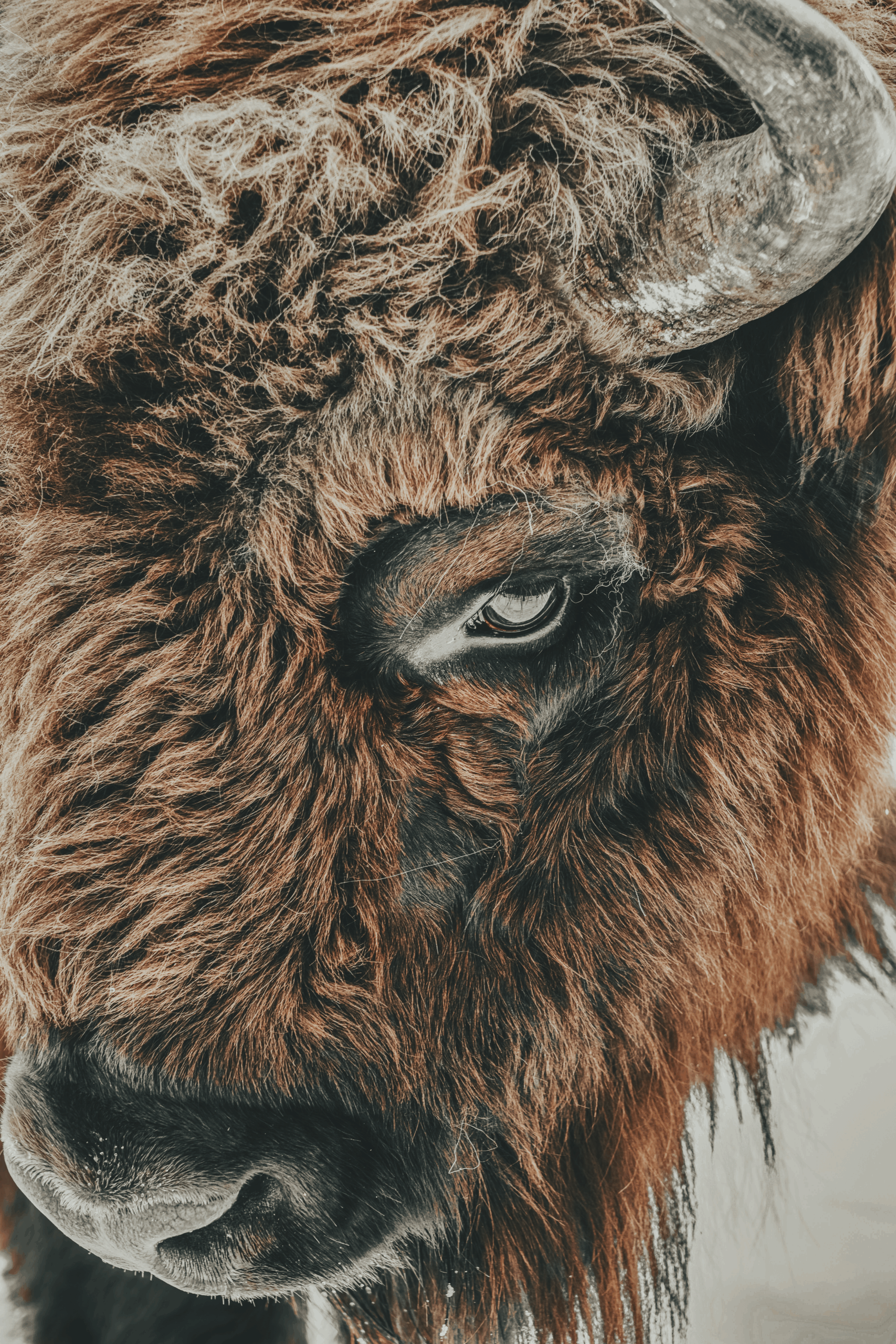
Why Yellowstone Bison Are a Must-See Attraction
If you’re visiting Yellowstone National Park, seeing a herd of bison up close is an experience you can’t miss. Whether you catch them grazing along the Lamar Valley, crossing the Yellowstone River, or simply strolling across the park, there’s something magical about watching these creatures in their natural habitat. The bison’s majestic presence reminds us of the rugged, untamed beauty of this land and the rich history that’s woven into its very fabric.
For those looking to get the most out of their Yellowstone visit, here are a few tips:
Best Time to Spot Bison: Early morning and late evening are prime times for viewing.
Stay Safe: Bison are wild animals, and while they may look calm, they can be unpredictable. Always stay at least 100 yards away.
Capture the Moment: Don’t forget your camera! Bison are often the highlight of any visit to Yellowstone, and their incredible size and power are truly something to behold.
Publications & Related Blogs
A Wyoming Lifestyle Magazine, Online
Stay in the know with our latest blogs—discover new stores, the hottest dining spots, and the big adventures that await in Park County. The spirit of the West is calling—are you ready? Check out Wyoming’s Premier Lifestyle Magazine – The Western Journal in Cody, Wy.




